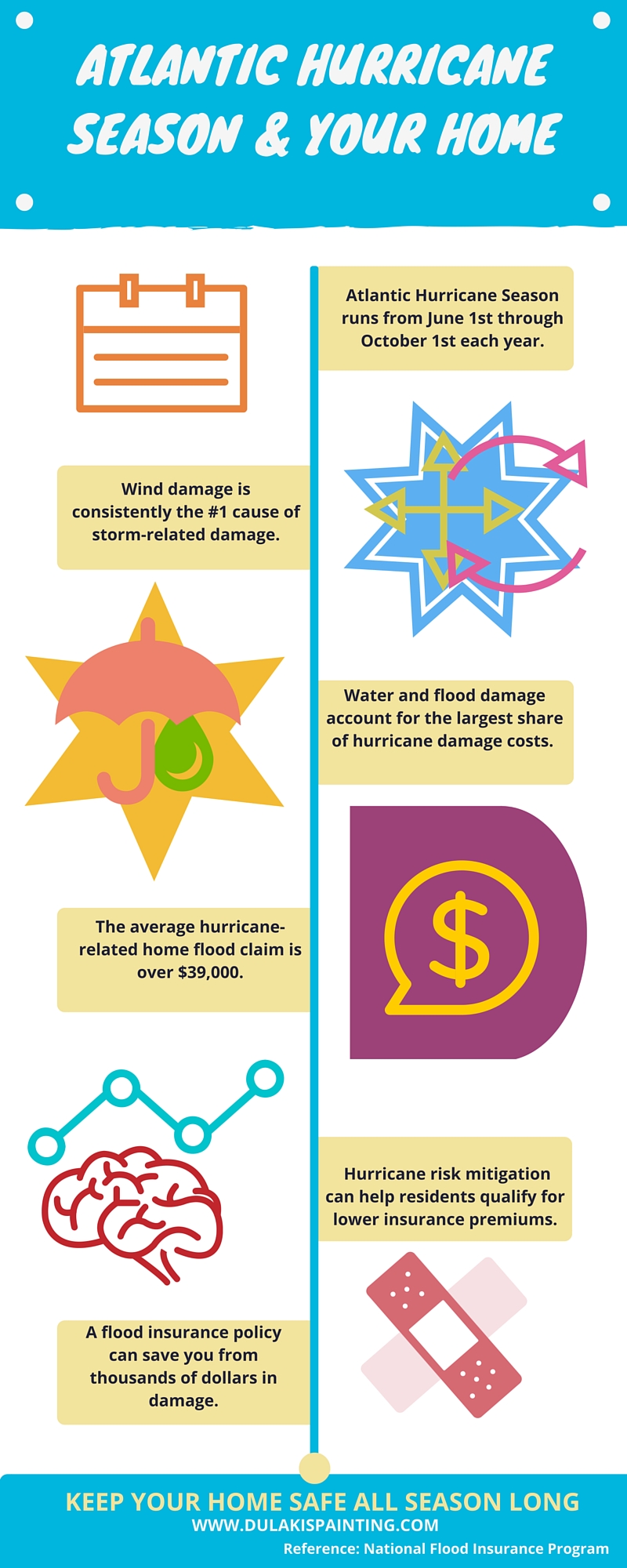Discover How Seasonal Impacts Can Affect The Performance Of Commercial External Paint And Find Out The Most Positive Times To Ensure Long Lasting Results For Your Task
Discover How Seasonal Impacts Can Affect The Performance Of Commercial External Paint And Find Out The Most Positive Times To Ensure Long Lasting Results For Your Task
Blog Article
Created By-McLamb Rosendal
When you're intending an industrial exterior paint project, seasonal factors can make or damage your outcomes. You'll want to think about exactly how temperature level and humidity influence paint application and drying times. Selecting the right period can ensure your paint sticks correctly and lasts longer. But which periods are really the most effective for this kind of job? Allow's check out the crucial elements that can influence your project's success.
The Effect of Temperature on Paint Application
When you're intending a commercial exterior painting task, the temperature can substantially influence just how well the paint adheres and dries out.
Ideally, exterior paint selection tool want to paint when temperature levels vary in between 50 ° F and 85 ° F. If it's also cold, the paint might not cure properly, leading to problems like peeling off or splitting.
On the flip side, if it's as well warm, the paint can dry too swiftly, avoiding appropriate attachment and causing an uneven coating.
You need to also take into consideration the moment of day; morning or late afternoon provides cooler temperatures, which can be a lot more favorable.
Constantly examine the supplier's recommendations for the details paint you're making use of, as they commonly give assistance on the perfect temperature range for optimum results.
Moisture and Its Result on Drying Times
Temperature level isn't the only ecological aspect that influences your industrial external paint task; moisture plays a considerable function as well. High moisture levels can slow down drying times drastically, affecting the general top quality of your paint work.
When the air is saturated with dampness, the paint takes longer to cure, which can result in issues like bad attachment and a higher threat of mold development. If you're repainting on an especially moist day, be gotten ready for prolonged delay times in between layers.
It's essential to keep track of local climate condition and strategy accordingly. Ideally, aim for moisture degrees between 40% and 70% for optimal drying out.
Maintaining these factors in mind ensures your project stays on track and provides an enduring finish.
Best Seasons for Commercial Exterior Painting Projects
What's the very best time of year for your business external painting projects?
Spring and very early loss are typically your best options. During these periods, temperature levels are moderate, and moisture levels are usually lower, creating suitable conditions for paint application and drying out.
Avoid summer's intense heat, which can trigger paint to dry as well rapidly, causing poor attachment and finish. Similarly, mouse click the next internet page can impede proper drying out and curing, taking the chance of the durability of your paint work.
Aim for days with temperatures between 50 ° F and 85 ° F for ideal outcomes. Remember to examine the local weather forecast for rain, as wet conditions can ruin your task.
Planning around residential painting toronto ensures your painting project runs smoothly and lasts longer.
Conclusion
Finally, planning your commercial external paint jobs around seasonal considerations can make a substantial distinction in the outcome. By scheduling job during the optimal temperature levels and moisture degrees, you'll ensure much better bond and drying times. Bear in mind to watch on local weather forecasts and select the correct time of year-- spring and early fall are your best choices. Taking these steps will certainly aid you attain a resilient and expert surface that lasts.
